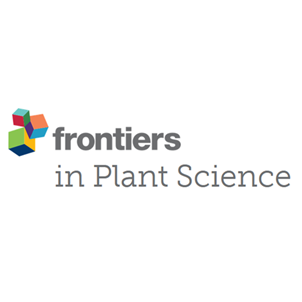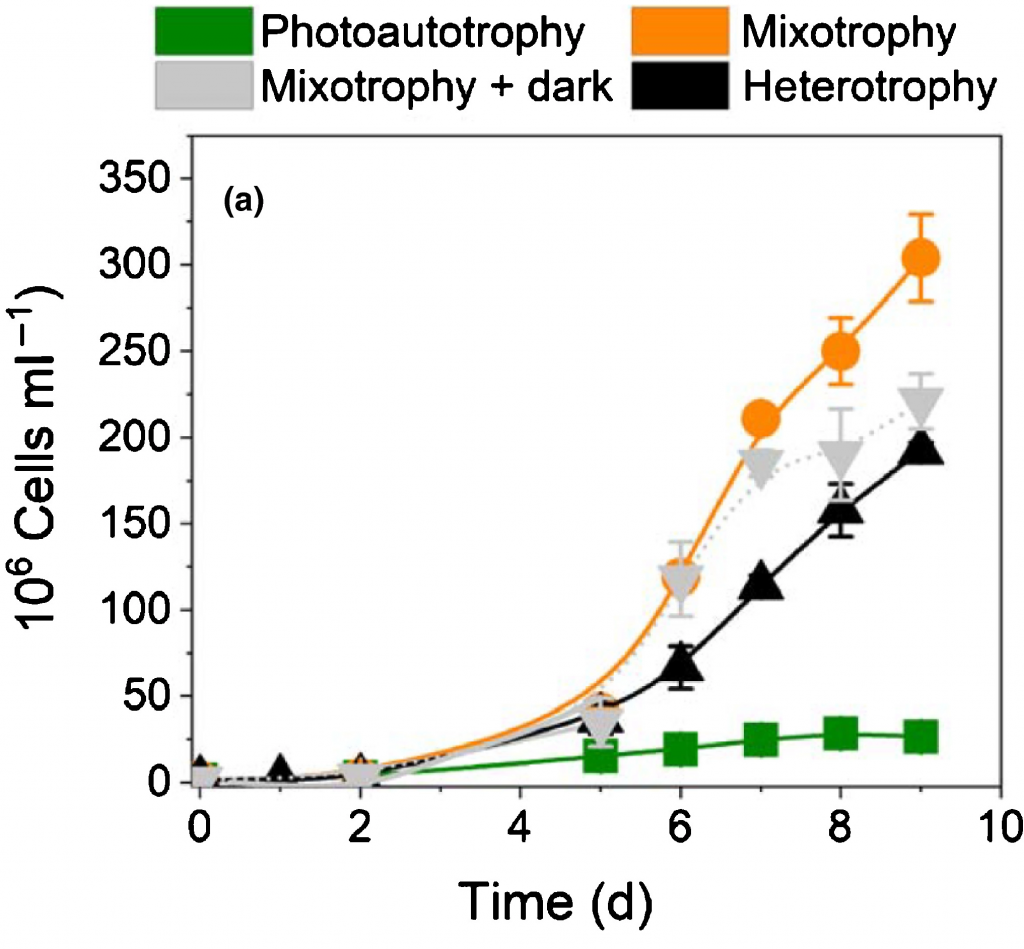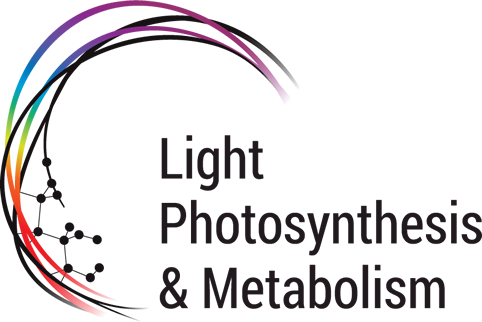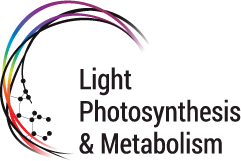
New Publication !
9th March 2021
New Publication !
25th May 2021
- Galdieria sulphuraria is a cosmopolitan microalga found in volcanic hot springs and calderas. It grows at low pH in photoautotrophic (use of light as a source of energy) or heterotrophic (respiration as a source of energy) conditions, using an unusually broad range of organic carbon sources. Previous data suggested that G. sulphuraria cannot grow mixotrophically (simultaneously exploiting light and organic carbon as energy sources), its photosynthetic machinery being repressed by organic carbon.
- Here, we show that G. sulphuraria SAG21.92 thrives in photoautotrophy, heterotrophy and mixotrophy. By comparing growth, biomass production, photosynthetic and respiratory performances in these three trophic modes, we show that addition of organic carbon to cultures (mixotrophy) relieves inorganic carbon limitation of photosynthesis thanks to increased CO2 supply through respiration. This synergistic effect is lost when inorganic carbon limitation is artificially overcome by saturating photosynthesis with added external CO2.
- Proteomic and metabolic profiling corroborates this conclusion suggesting that mixotrophy is an opportunistic mechanism to increase intracellular CO2 concentration under physiological conditions, boosting photosynthesis by enhancing the carboxylation activity of Ribulose‐1,5‐bisphosphate carboxylase‐oxygenase (Rubisco) and decreasing photorespiration.
- We discuss possible implications of these findings for the ecological success of Galdieria in extreme environments and for biotechnological applications.
Curien G.*, Lyska D., Guglielmino E., Westhoff P., Janetzko J., Tardif M., Hallopeau C., Brugière S., Dal Bo D., Decelle J., Falconet D., Carone Michele, Remacle C., Ferro M., Weber A., Finazzi G. (2021). Mixotrophic growth of the extremophile Galdieriasulphuraria reveals the flexibility of its carbon assimilation metabolism. New Phytologist. doi: 10.1111/nph.17359.


